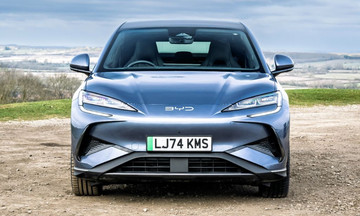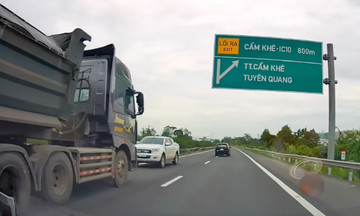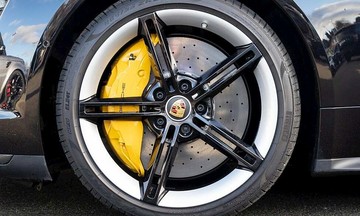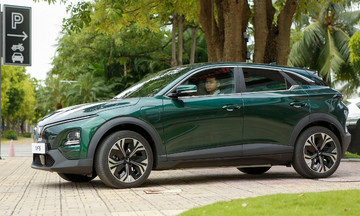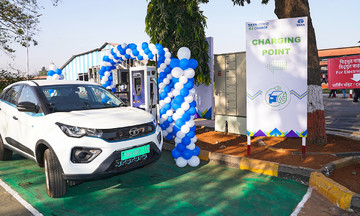Europe's largest automaker introduced the production version of its autonomous electric van (e-van), the ID. Buzz AD, in Hamburg on 17/6. The vehicle is expected to hit the roads in 2026, initially in Hamburg (Germany) and Los Angeles (USA), with expansion to other areas planned later.
According to DW, the German company aims to surpass its American rival in the robotaxi race with the launch of the ID. Buzz AD. The vehicle is currently undergoing testing in Germany, where level 4 autonomous driving systems are not yet licensed. According to the German Federal Motor Transport Authority (KBA), while legally feasible in Germany and the EU, widespread deployment is still far off.
"This is definitely not small-scale production," said Christian Senger, member of the Volkswagen management board responsible for autonomous driving. The electric van will be produced in large numbers. The company's Hannover plant is expected to produce over 10,000 vehicles. "We believe we can become the leading provider in Europe," Senger said.
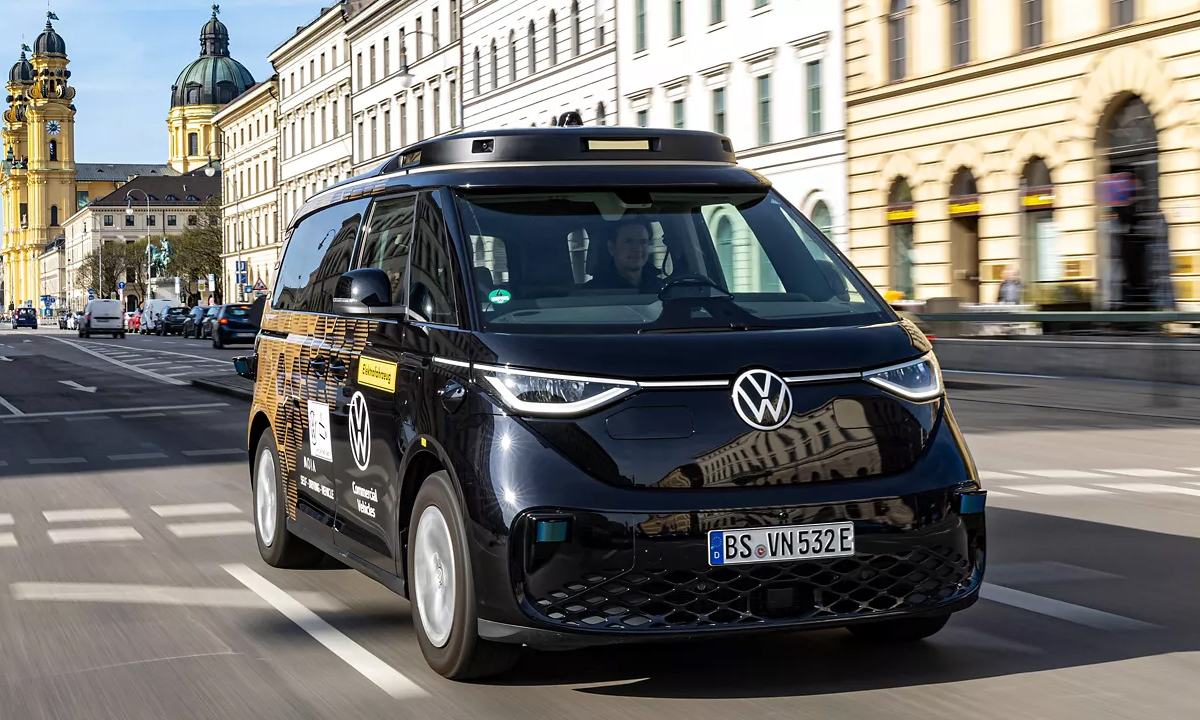 |
Volkswagen's robotaxi currently undergoing testing in Hamburg, Germany. Photo: Volkswagen |
Volkswagen's robotaxi currently undergoing testing in Hamburg, Germany. Photo: Volkswagen
Volkswagen has already secured Uber as a customer. The two companies signed a cooperation agreement in the US last April. According to Senger, Uber plans to purchase up to 10,000 of Volkswagen's e-vans over the next 10 years.
Developed by Volkswagen's mobility brand MOIA, the level 4 e-van is equipped with 27 sensors, including 13 cameras, 9 lidars, and 5 radars, providing a 360-degree view. The vehicle uses Mobileye's (now owned by Intel) self-driving technology and is designed as a turnkey solution for cities and fleet operators rather than individual consumers.
Meanwhile, Tesla also deployed a small fleet of self-driving taxis on 22/6 in Austin, Texas, USA. This marks the first time driverless Tesla vehicles have served customers—a business venture CEO Elon Musk considers crucial to the electric car manufacturer's financial future.
Tesla's initial plan was to deploy only 10-20 Model Y vehicles. However, Musk envisioned a grander scale. In an interview with CBS, he stated that there would be around 1,000 Tesla robotaxis on the road within a few months and hundreds of thousands by the end of 2026.
Currently, Google's Waymo leads the autonomous vehicle sector. Waymo's robotaxis operate in several US cities, completing over 250,000 trips per week. These vehicles are primarily converted electric cars manufactured by Jaguar. Waymo announced in May that they plan to double their fleet size by the end of 2026.
Tech giant Amazon is also racing to capture market share in autonomous vehicles. Amazon's robotaxi company, Zoox, plans to bring its vehicles, without steering wheels or pedals and with space for up to 4 passengers, to Las Vegas and San Francisco.
China is also seeking to address traffic issues through autonomous vehicles. Google competitor Baidu operates a fleet of around 1,000 Apollo Go robotaxis, which completed over 1.4 million journeys in the first quarter of this year. Chinese company Pony.ai has a fleet of over 300 robotaxis and aims to increase this to 3,000 by the end of next year. Meanwhile, WeRide has around 400 vehicles.
Goldman Sachs estimates that by 2030, there will be around half a million robotaxis operating in over 10 Chinese cities. In China, the question is no longer whether autonomous vehicles are feasible but how companies will capitalize on the sector's rapid growth.
Goldman Sachs also estimates the total sales potential of China's robotaxi industry at around 54 million USD (47 million euros) this year, but projects this figure to increase exponentially by 2035, reaching approximately 47 billion USD.
Volkswagen's new e-van isn't targeted at individual customers. Instead, the company hopes to supply business clients, fleet operators, and transport associations with a package that includes comprehensive software solutions, booking apps, and fleet management and maintenance.
For example, in Hamburg, the company has established a partnership with the local transport association, HVV, and has also agreed on a similar plan with Berlin's transport authority, BVG.
Volkswagen hopes to receive approval to operate driverless vehicles in Europe and the US by the end of 2026. This would mean they would no longer require safety drivers, which is currently mandatory.
According to Volkswagen representatives, the company doesn't expect to make any profit, at least initially. However, in the long term, Senger explains that autonomous driving is a lucrative future field, promising more profits than the traditional auto industry. "This is a huge opportunity for us to establish a future opportunity for the group," he said.
The exact price has yet to be announced, but the ID. Buzz AD won't be cheap. According to Senger, buyers will have to pay a six-figure sum (in euros) per vehicle.
My Anh



